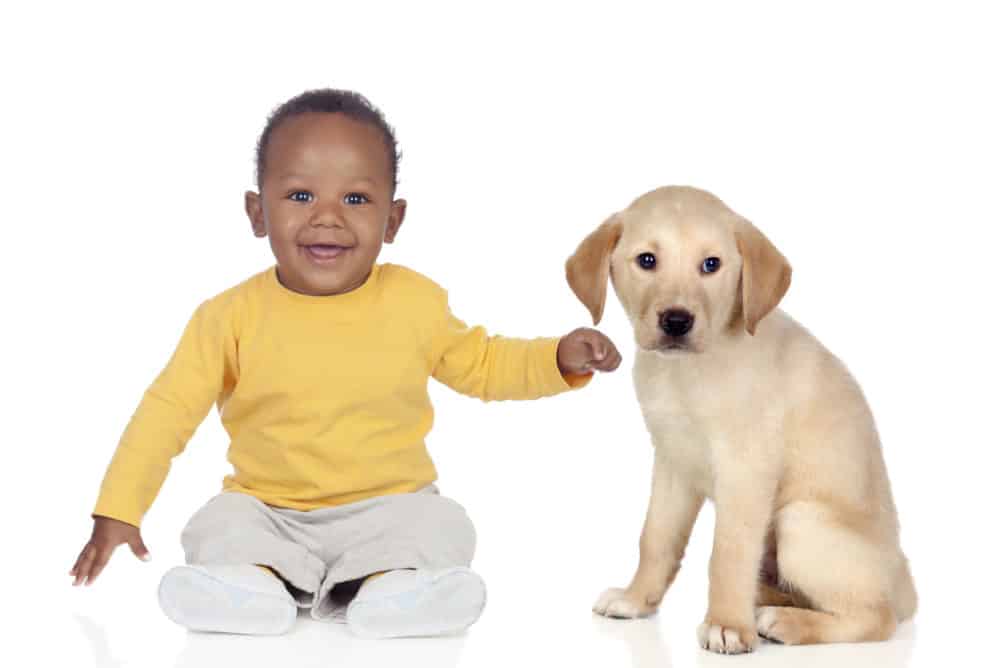We all love our four-legged fur babies. For many of us, they are our first children, entering our lives soon after becoming a couple or getting married.
But then we have our human babies and along with preparing for their birth, great consideration needs to be given on how to introduce our fur babies to our human babies. Below are some tips for introducing your dog to your newborn or someone else’s dog to your baby.
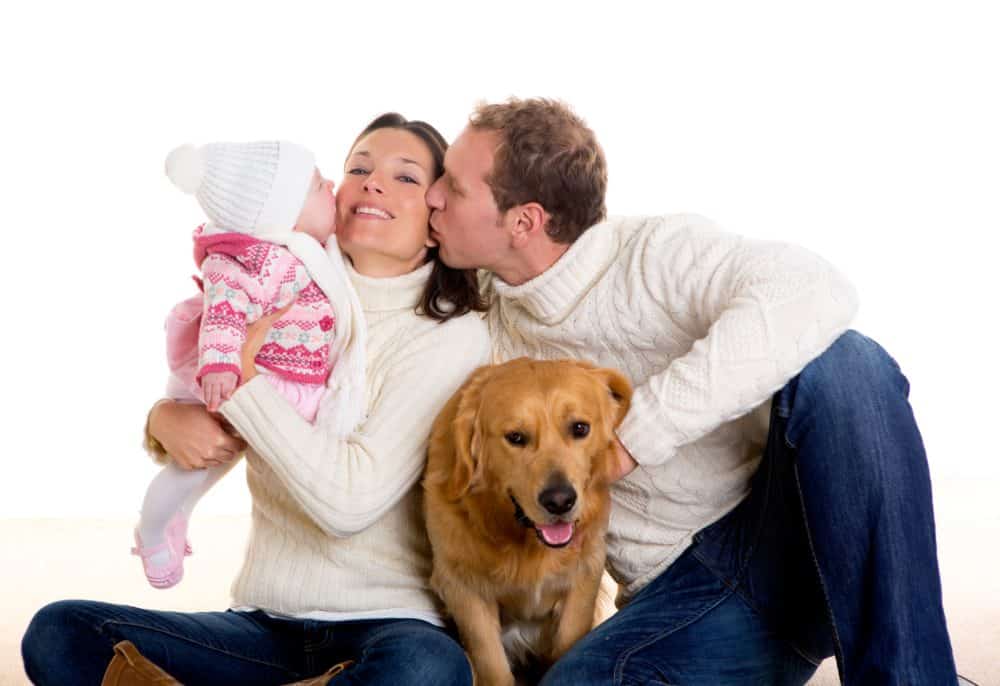
Preparing for baby
Before your baby is born, is the perfect and most ideal time to start preparing your dog for the baby. Here are some suggestions:
- Start talking with your dog about how there is going to be a new member of the family. Point to your pregnant belly and say “this is baby (name)”.

- Let him/her sniff a few of the baby’s items, but do not allow your dog to take possession of them. “This is baby’s (name)”. The stroller, carseat, diapers, a few toys and any other potentially scary items. Doing this will help the dog be more comfortable and lessen any anxiety. You can also take your dog for a walk with the stroller (no baby) to get them used to it. Just don’t allow them to walk in front of the stroller. Your dog needs to understand that the baby is his pack leader too and he needs to follow behind him/her.
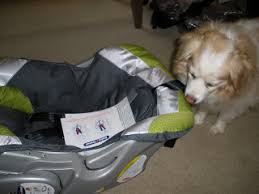
- Work on obedience, leadership (humans) and breaking any bad habits before your baby is born.
- Establish a good routine for exercise and training. Ceasar Milian’s rules are this: Exercise, discipline, then affection. You have to first drain the dog’s energy as you cannot correct poor behavior in a dog that has pent up energy. Love your dog, but do it in a manner that is conducive to reinforcing positive behaviors.
- Enlist a professional to help you. In Boise, the folks at Positive Pets are amazing.
- Establish the baby’s nursery as a no dog zone for now. Use the doorway as the “do not cross” line. Once your baby is home and has been properly acquainted with your dog, you can start allowing the dog into the nursery upon command. It is very important that you as the pack leader say when the dog is to come and go.
- Mimic a daily routine with your baby. Practice changing a diaper on a stuffed animal, take the dog for a walk with the empty stroller (not allowing your pooch to walk in front of it), practice feeding the baby etc.
- Play baby cries and baby sounds for your dog so they can get used to the noises that babies make. Additionally, you can gently tug at your dogs fur or grab their paw to help familiarize them with how baby with interact with them.
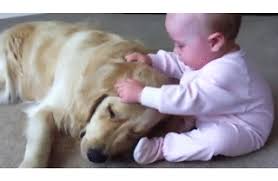
- A few weeks before your baby is born, gradually reduce the amount of time you spend with your pup so that they aren’t caught off guard when your little one arrives.
- While your baby in in the hospital, get an item that has the baby’s scent on it and bring it home so your dog can get familiar with baby’s scent. Again, do not allow the dog to take possession of the item.
Introducing baby and dog
- Before the baby and dog are introduced, drain the dog’s energy by taking him/her on a walk or playing with toys. Your dog needs to be calm and relaxed before being introduced.
- Take baby inside and then invite your dog in. Allow your dog to sniff, but at a distance. Your dog should be leashed for this introduction.
- Keep your dog leashed and just let them be in the same room for a bit. Have one person tend to your dog and the other hold the baby. Your dog should not be within licking distance at this point.
- Over the next several days, continue to allow your dog to be around the baby, but not too close. Always supervise doggie and baby time.
- As you are more comfortable with your dog and his demeanor around the baby, you can let him off leash. Continue to supervise your dog anytime the baby is around.

- Don’t allow your dog to sleep in baby bassinets, cribs or pack n plays, lick your baby or claim any baby toys. While these behaviors are usually harmless, they can indicate an alpha or dominant behavior.
- Reward your dog for positive behaviors. These can include him camly lying next to you and baby (you in the middle), gentle sniffs (start with baby feet, not face), his calm demeanor when the baby cries etc.
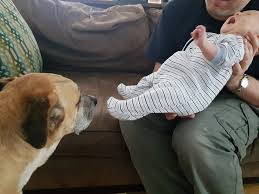
Introducing someone’s else’s dog to your baby (or your dog to a friend’s baby)
- Before the planned introduction, make sure the dog has been able to drain their energy.
- If possible, meet your friends at a neutral location like a park. If a dog has a dominant personality, this is a must as they may try to protect “their” turf.
- Make sure the dog is leashed and the owner has the dog in a controlled, calm and submissive state.
- Allow the dog to get near the baby, but not close enough to sniff. You can also walk with the baby alongside the dog. This could be a stroller walk or an adult holding the baby. If you do a walk, have the stroller on one side, an adult in the middle and dog on the other side.
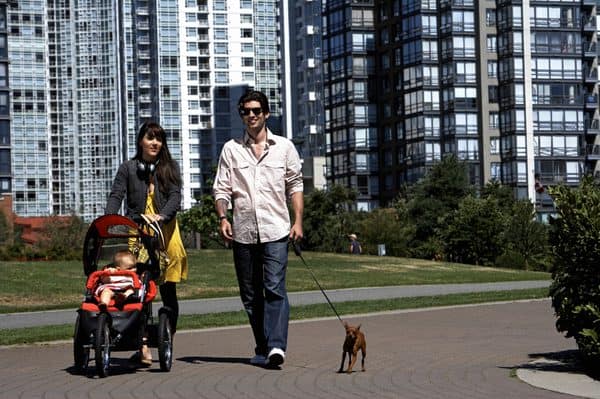
- If you meet at a home, keep the dog leashed, take him outside, bring baby in, then invite the dog in. If there are ever any aggressive behaviors like growing, hackle raising or attempts to nip or bite, kennel the dog or remove him completely from the environment.
- It is best for first introductions to be kept short and to have several adults or handlers available.
- Monitor the dog’s comfort level. You may not want to let him off leash at the first introduction. Have a back up plan for where the dog will go if you aren’t comfortable letting the dog be off leash.
Disclaimer:
The content contained in this blog is for informational and educational purposes only. It is not intended as medical advice or to replace the advice of any medical professional. It is based on our opinions and experience working with newborns and their families. Other’s opinions may vary. It does not represent the views of any affiliated organizations. The reader understands that term “Babynurse” is often a word used to describe a newborn caregiver. However, unless otherwise disclosed, we are not licensed nurses in any state. By reading and/or utilizing any information or suggestions contained in this blog, the reader acknowledges that we are not medical professionals and agrees to and waives any claim, known or unknown, past, present or future.
© 2018 Bishop Enterprises, LLC All Rights Reserved
